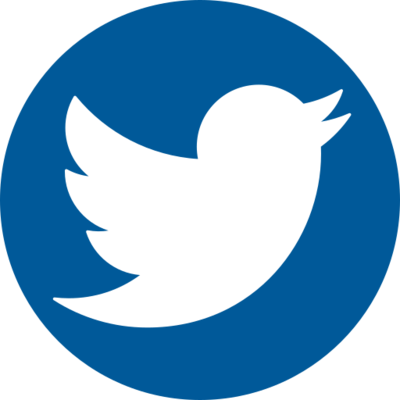
Summary
The lack of interoperability in the American healthcare industry presents many challenges for providers and patients.
Organizations must take action to comply with interoperability standards set by the 21st Century Cures Act and the Office of the National Coordinator for Health Information Technology (ONC) Cures Act Final Rule by 2024.
Let’s explore the meaning of healthcare interoperability, the current status of patient data transmission, and how to improve interoperability in healthcare by implementing a holistic view of end-to-end document journeys.
Interoperability in Healthcare Meaning
The 21st Century Cures Act of 2016 was designed to give patients and providers better access to electronic health information (EHI). The ONC issued the Cures Act Final Rule in 2020 to explain how organizations would implement the law with a focus on interoperability. Providers must meet these requirements at various milestones by 2024.
The ONC defines interoperability as technology that provides “seamless and secure access, exchange, and use of electronic health information.” Without interoperability, a patient’s EHI doesn’t follow them across providers, leading to unnecessary testing, slower care, and increased costs. With interoperability, patients get cost and outcome transparency, competitive options, and more control over their information.
Even though most organizations have electronic health records systems (EHRs), sharing EHI remains challenging. Providers use a variety of vendors that don’t communicate with one another, keeping patient data in silos.
Interoperability in Healthcare Challenges
It's not just patients who stand to benefit from interoperability. Organizations will reap the rewards, too, but there are still hurdles to clear.
Challenges Providers Face Due to Lack of Interoperability
Without interoperability, organizations spend time figuring out how to send, receive, find, and integrate data that could be devoted to caring for patients. For example, to exchange a patient’s information with another provider right now, an organization may have to print records from its EHR and fax those documents to another provider. That provider must then scan those documents into its EHR so the data can be added to its records.
The emergence of COVID-19 also sheds new light on the difficulties providers face because of the lack of interoperability regarding virtual care. For example, remember the early days of the pandemic when people were stuck on cruise ships in quarantine? They would have benefited from having remote access to their EHI and the ability to share details of existing conditions and medications with healthcare workers on board.
Obstacles Providers Must Overcome to Comply with Interoperability
One of the main obstacles in achieving interoperability is the belief that fax won’t be a viable communication method anymore. The traditional analog perception of fax—the most commonly used channel for exchanging healthcare documents—limits how organizations view the medium’s capabilities. Providers don’t often think of fax as a digital solution.
Another familiar form of data transmission that’s interoperability-friendly—and may already be functional in EHRs—is direct messaging. This digital communication method is similar to email; however, it ensures patient information is encrypted. Users are also verified to comply with Health Insurance Portability and Accountability Act (HIPAA) privacy regulations.
Finding Healthcare Interoperability Solutions
To find interoperability solutions in healthcare, organizations need the right combination of tools to streamline the process. Secure channels such as digital fax and direct messaging can be embedded into or integrated within providers’ systems—if they don’t already exist in EHRs. These solutions are HITRUST (Health Information Trust Alliance) certified and HIPAA compliant.
Digital fax and direct messaging let organizations freely exchange information stored within EHRs. Providers can gather information from multiple sources and then generate shareable documents to release specifically requested patient data. These solutions are also scalable and can seamlessly adopt new and emerging channels such as Health Level Seven International/Fast Healthcare Interoperability Resources (HL7®/FHIR®).
How to Achieve Interoperability in Healthcare
Providers can prioritize their patients and conquer interoperability in healthcare challenges by simplifying the complexity of processing traditional and digital documents.
zPaper can help organizations create a flexible, consistent document journey experience across multiple channels.
Watch this video to see how we’re addressing the need for connected patient experiences, and contact us to discuss our solutions today.


_25023322.jpg)









